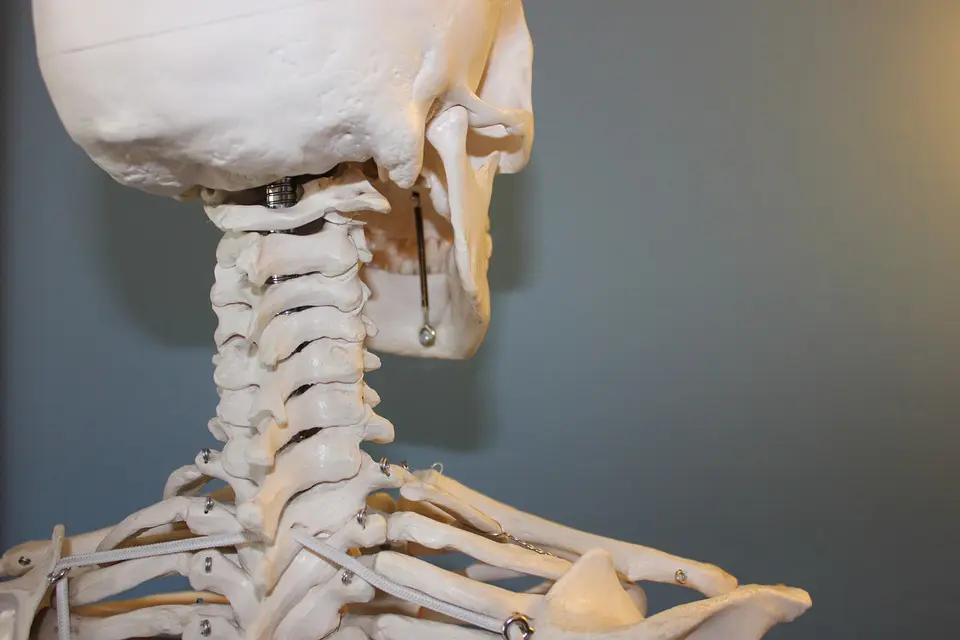Human teeth and bones appear pretty similar, but they are different in many ways. Aside from the fact that they are both regarded as the hardest substances found in the human body, and contrary to popular belief, teeth are not bones.

(Pixabay / IAOM-US)
This misconception comes from the knowledge that teeth are very strong and appear white much like our bones, and both bones and teeth store calcium. In fact, over 90% of the calcium in our body is found in teeth and bones, with the remaining 1% found in our blood.
To distinguish each from the other, let’s review what bones and teeth are made of.
Teeth
Teeth are not classified as a living, breathing tissue; instead, they consist of various tissues and substances such as enamel, dentin, cementum, and pulp. Enamel coats the outside of the teeth and is the hardest substance found in the body. It is incapable of regenerating itself in the event of damage, which is the main reason why you have to treat cavities and tooth decay quickly to avoid significant problems. The cementum covers the roots, which are found under the gum line and helps the teeth stay in place. The pulp is the innermost tissue inside of each tooth. It has nerves, connective tissues, and some blood vessels and is surrounded by the dentin.
Bones
The bones are primarily made up of a protein called collagen as well as calcium phosphate. The collagen offers the bone a relatively flexible framework, and the calcium phosphate works to harden the bones and keep them sturdy. Unlike the teeth, bones are made out of living tissues, and they can regenerate. The old bone tissue can be removed and broken down, and then brand new tissue is generated to replace the old tissue. This is the perfect system that keeps bones healthy and strong.
Major Differences – Bones vs. Teeth
One of the most important differences between the bones and the teeth is their ability to heal. Should you break a bone, your body can start healing instantaneously. The soft tissue enveloping the broken bone is made of collagen, which can then regenerate and form hard tissues, or callus, which creates brand new bone tissue.
By and large, broken teeth do not have this capacity for regeneration. As your enamel is not living tissue, it is unable to heal by itself. When your enamel gets chipped or cracked, it will remain that way until your dentist fixes it, or it falls out. In the same vein, if you develop a cavity in your tooth, new enamel will not grow back to fill in the decayed or damaged portion of your teeth. You will have to ask your dentist to help restore it for you.
Conclusion
Although bones and teeth appear to look the same, they are, in fact, very different from each other. While bones can heal and repair, teeth are unable to self-correct. Teeth are far more fragile than bones. That is why you have to observe proper dental hygiene and visit your dentist for regular check-ups to ensure that your teeth are in the best possible condition at all times.
